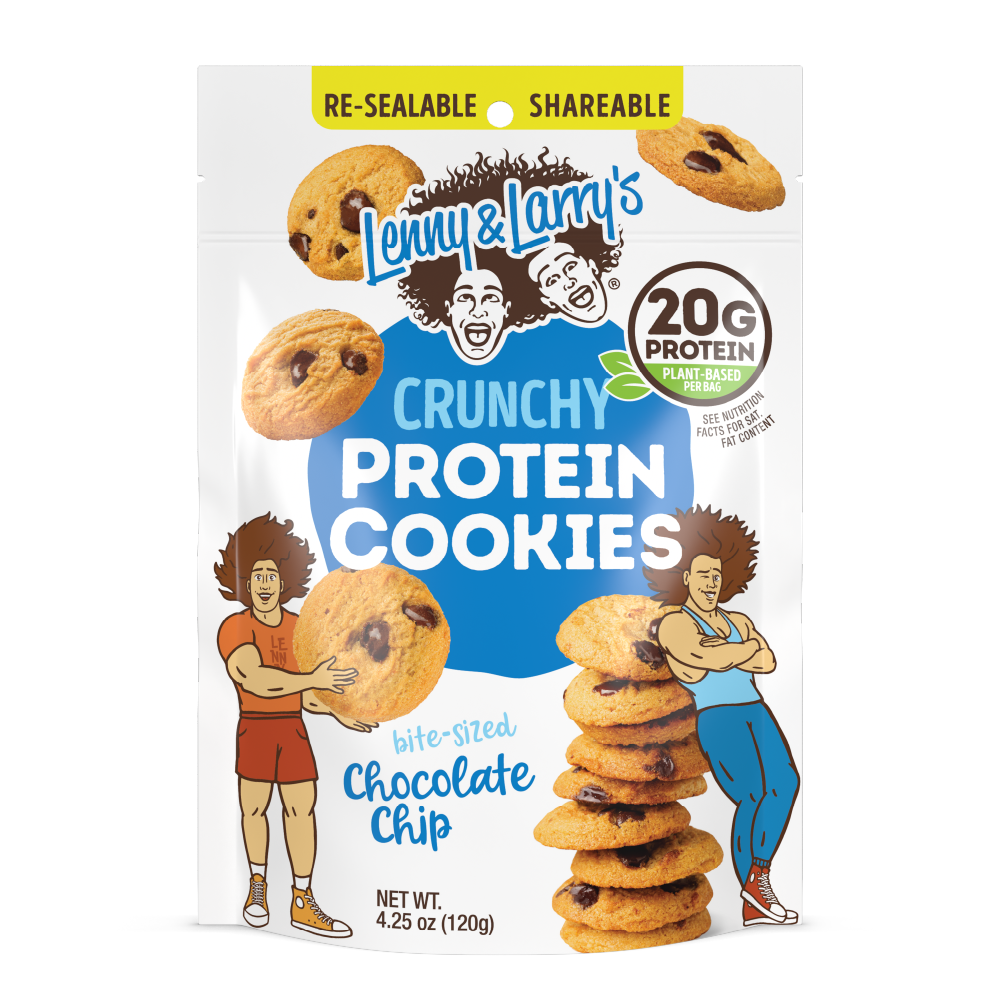Sticking to a fitness routine gets easier when the workout fits wherever you are. This approach removes the barriers that typically slow people down: no equipment, no gym, and no large space. Everything in this routine uses your bodyweight, takes only a few minutes, and can be done in a living room, hotel room, office, or backyard.
This guide breaks down what makes a workout truly portable and shows how you can train your whole body with movements that are quick to learn and simple to repeat. Whether you’re traveling, pressed for time, or easing into a healthier rhythm, this routine keeps things practical and consistent.
What Makes a Workout “Do Anywhere?”

A do-anywhere workout stays simple, efficient, and flexible. These principles keep the routine accessible whether you’re at home, traveling, or fitting in movement between tasks.
A) No Equipment Required
A do-anywhere workout uses movements powered only by your bodyweight. This cuts out the need for bands, weights, or machines. It keeps the routine practical for small spaces and helps you stay consistent, even when you’re away from home.
B) Works in Tight Spaces
Every movement fits inside a living room, office, hotel room, or backyard. You only need enough room to step forward, step back, and move your arms freely. This helps you train without rearranging furniture or searching for open space.
C) Short Duration With Clear Structure
The routine is built around simple pacing. Each movement has a set time or repetition range, so you don’t need a long session. This makes the workout realistic during busy stretches of life and lets you complete it without breaking your day apart.
The Core Do-Anywhere Workout
A clear structure makes this routine easy to follow.

The movements are organized as a short warm-up followed by a circuit you can repeat once or twice (and depending on time and energy).
A) Warm-Up (2–3 Minutes)
These quick steps prepare your muscles and joints without taking up space.
- March in Place – 30 seconds: Helps raise your heart rate and loosen your hips.
- Arm Circles – 20 seconds each direction: Opens the shoulders and improves mobility.
- Light Torso Rotations – 30 seconds: Warms the spine and sets up your core for the circuit.
- Easy Squats – 30 seconds: Activates legs and glutes with a controlled pace.
B) Main Circuit (6–8 Movements)
Complete each movement for the listed time or reps. Move to the next one with minimal rest.
- Bodyweight Squat – 12–15 reps: Works your legs and core. Keep your chest up and sit back into your heels.
- Incline Push-Up (counter, wall, desk) – 10–15 reps: Makes push-ups accessible anywhere while still building strength.
- Reverse Lunge – 8–10 reps per leg: Helps with balance and control in tight spaces. Step straight back, not wide.
- Plank Hold – 20–30 seconds: Keeps your core engaged with simple, stable positioning.
- Standing Knee Drive – 15 reps per side: Adds a light cardio boost without needing room to run.
- Glute Bridge – 12–15 reps: Works the backside chain and supports posture during long days.
- Wall Sit – 20–30 seconds: Uses the nearest wall for controlled lower-body tension.
- Arm Reach Hold – 20 seconds: Stand tall and reach overhead while tightening your core. Helps reset posture.
C) Optional Variations for Difficulty
Easier Options:
- Shorter intervals (10–15 seconds).
- Reduce depth in lunges or squats.
- Use wall support during balance moves.
Harder Options:
- Add a second circuit.
- Increase rep count.
- Add brief pulses at the end of each movement.
Why This Routine Works
This routine focuses on movements that match how people move throughout the day, so the strength you build transfers directly into daily tasks. Bodyweight exercises also create steady muscle engagement without needing equipment, which helps you stay active even when schedules shift. The mix of lower-body, upper-body, and core work supports balanced development and keeps each session efficient. Short intervals add a light conditioning effect, helping you raise your heart rate without turning the workout into a long session. Consistency becomes easier when the routine fits into tight spaces and requires almost no setup, making it a reliable option when you need something practical.
Tips for Staying Consistent Anywhere
- Set a short daily window - Pick a time of day you can protect most days. Even a small window keeps the routine predictable.
- Use your phone timer - Timed intervals remove guesswork and help the workout feel structured without extra tools.
- Pair the workout with an existing habit - Attach it to something you already do, like waking up, finishing a meeting, or winding down at night.
- Track sessions with simple notes - A quick log of reps or time completed helps reinforce progress and encourages regular practice.
- Keep the workout saved on your phone - A screenshot or pinned note makes it easy to restart the routine when you’re traveling or short on time.
Keeping Movement Simple and Consistent
A do-anywhere workout removes the usual barriers to staying active. When the routine fits into small spaces and takes only a few minutes, it becomes easier to keep movement in your day, no matter where you are. This approach supports consistency, builds strength, and helps you stay connected to your fitness goals even during busy stretches of life.
 Lenny and Larrys
Lenny and Larrys
